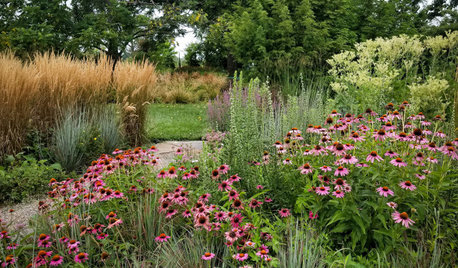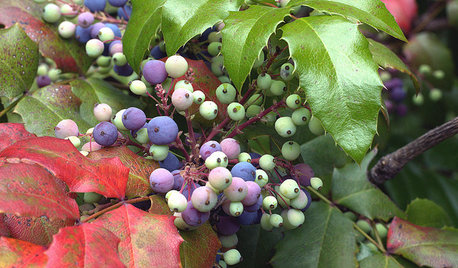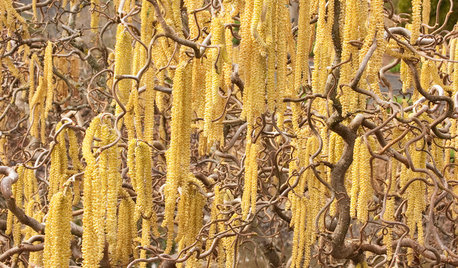Dormant tuber handling in fall/winter
kellyschofield
18 years ago
Related Stories

GARDENING GUIDESGarden Myths to Debunk as You Dig This Fall and Rest Over Winter
Termites hate wood mulch, don’t amend soil for trees, avoid gravel in planters — and more nuggets of garden wisdom
Full Story
FALL GARDENING20 Favorite Flowers for the Fall Landscape
Vivid blooms and striking shapes make these annuals and perennials a delight in autumn gardens
Full Story
GARDENING GUIDES6 Plants for Colorful Fall Foliage in the Water-Wise Western Garden
Try these colorful, drought-tolerant additions to your garden for a fall season filled with color
Full Story
GARDENING GUIDESGreat Native Plant: Angelita Daisy
Want a pretty perennial that can handle high and low temps with little fuss? Versatile angelita daisy is your workhorse
Full Story
GARDENING GUIDES7 Bulbs That Flourish in Mild Climates
Fall planting: For gardens that don't see harsh winters, different guidelines for choosing and planting spring-blooming bulbs apply
Full Story
EDIBLE GARDENSHow to Grow 10 Favorite Fruit Trees at Home
Plant a mini orchard in fall, winter or early spring to enjoy fresh-off-the-tree fruit the following year
Full Story
GARDENING GUIDESGreat Design Plant: Mahonia Aquifolium for Birds
Oregon grape puts on a bold spectacle from spring through winter and is ideal to brighten partly shady corners in the U.S. West
Full Story
HOUSEPLANTS8 Essentials for Healthy Indoor Plants
Houseplants add so much to our homes — and can thrive when grown in the right conditions. Keep these tips in mind
Full Story
GARDENING GUIDESGreat Design Plant: Harry Lauder's Walking Stick
"Gnarly" is a compliment here — a twisted form and yellow catkins make this plant unforgettable in the winter landscape
Full Story
MONTHLY HOME CHECKLISTSTo-Dos: Your November Home Checklist
Winterize your home and yard, and make a game plan for the holidays
Full StoryMore Discussions






susanlynne48
kellyschofieldOriginal Author
Related Professionals
Mitchellville Landscape Architects & Landscape Designers · Oatfield Landscape Architects & Landscape Designers · East Patchogue Landscape Architects & Landscape Designers · McKinney Landscape Contractors · Nanuet Landscape Contractors · Soddy Daisy Landscape Contractors · Sun City Center Landscape Contractors · Dallas General Contractors · Elmont General Contractors · Hagerstown General Contractors · Port Huron General Contractors · Saginaw General Contractors · Avenal General Contractors · Guilford Siding & Exteriors · Newington Siding & Exteriorssusanlynne48
susanlynne48
sleeplessinftwayne
kellyschofieldOriginal Author
susanlynne48
sleeplessinftwayne
susanlynne48
gerry863
susanlynne48
CarolinaNina
lomodor